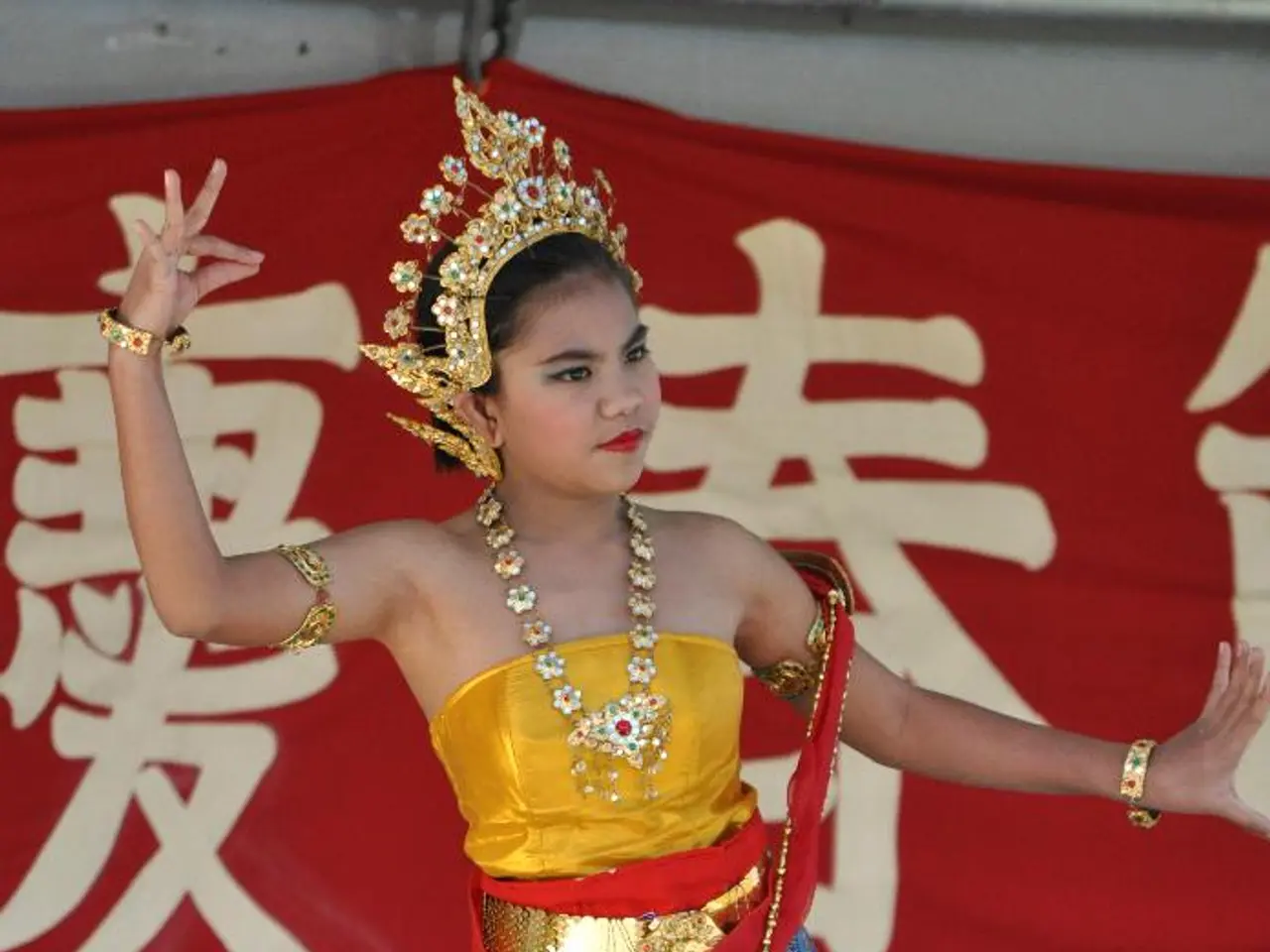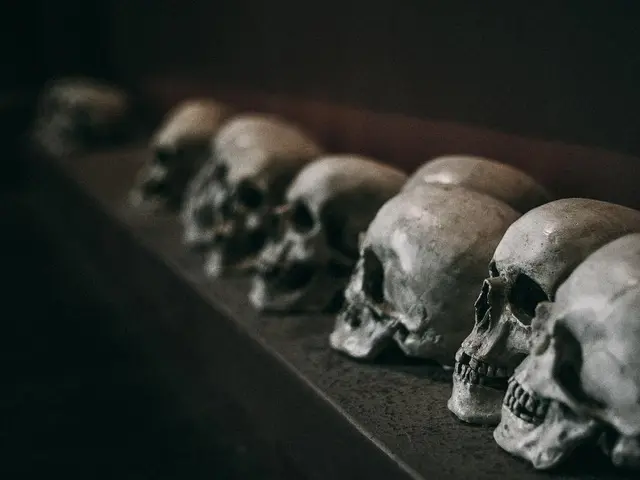The meaning behind the significance of the hued handkerchief in the LGBTQIA+ community's symbolism.
The handkerchief code, also known as "flagging", is a fascinating and significant part of queer history. Originating in the mid-20th century, this discreet method of communication was developed within the LGBTQ+ community to express sexual preferences and roles in an era when being openly gay could lead to severe discrimination or danger.
The code took the form of colourful handkerchiefs worn in specific pockets, with each colour and pocket position carrying a unique meaning. For instance, a navy blue bandana in the left pocket signalled that a person was a top, or liked to penetrate during sex. Conversely, a navy blue bandana in the right pocket indicated a bottom, or someone who liked to be penetrated.
The white colour in a handkerchief usually signified someone who was safe-sex conscious and may have been open to something other than penetration. Light blue, on the other hand, signalled oral sex, with the left side indicating a receiver and the right side indicating a giver.
The handkerchief code is believed to have its roots in traditions from the mid-1800s, where men wore blue and red bandanas to signal their dance roles at social functions. It gained prominence in the 1970s in San Francisco's cruising communities, serving as a low-key way to navigate the gay scene.
Despite declining in popularity as LGBTQ+ visibility and rights improved, the handkerchief code remains a significant symbol in queer history and fetish subcultures. In recent years, there has been a modest revival of interest in the code among queer communities interested in their cultural heritage.
Today, the handkerchief code is not as widely used in everyday queer life but endures as a cultural and historical reference in LGBTQ+ spaces and events. It can be seen at pride parades, Fire Island, and other queer-friendly cities.
Our website is a collaborative platform where articles are co-written by multiple volunteers, similar to Wikipedia. Here, you can find a comprehensive chart of the handkerchief code colours and their corresponding sexual preferences.
It's important to note that while non-LGBTQ+ people can use the handkerchief code, they should be aware of its history and meaning before doing so, as it is an integral part of queer culture.
In conclusion, the handkerchief code was a practical and coded communication system developed by LGBTQ+ people to express sexual preferences safely under threat of discrimination. Today, it stands as a historic symbol whose recognition is experiencing a modest revival among queer communities interested in their cultural heritage.
In the realm of lifestyle and cultural exploration, the handkerchief code serves as a fascinating reminder of queer history, embedded within the broader context of health-and-wellness and sexual-health discussions. Its modern-day revival reflects a growing interest in understanding and preserving the unique fashion-and-beauty traditions among the LGBTQ+ community, setting a compelling stage for future scholarly discourse on this topic.




